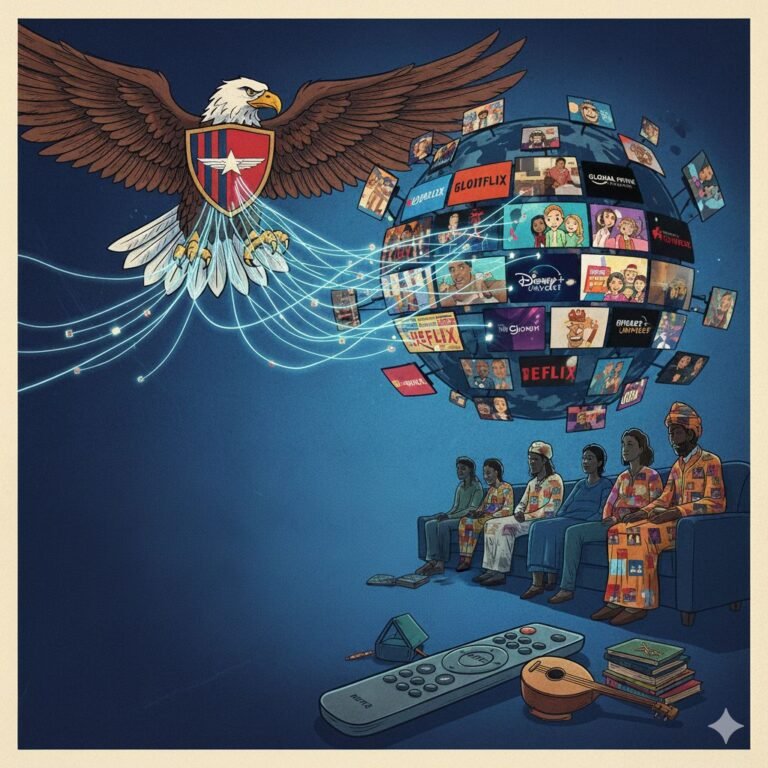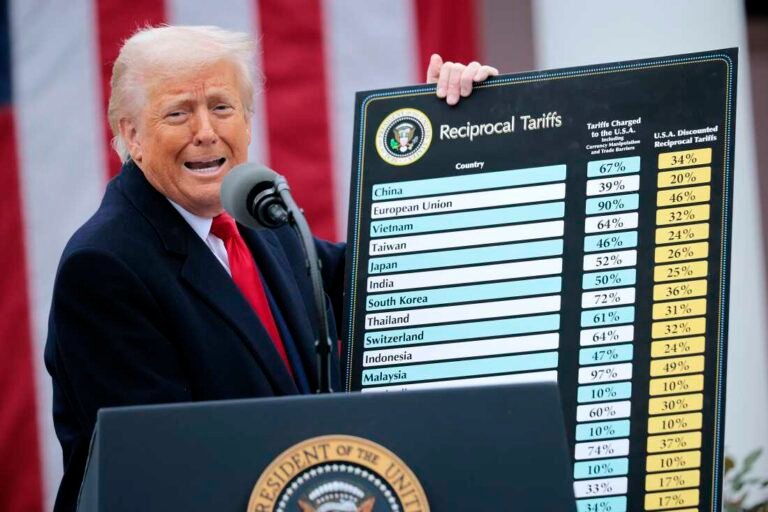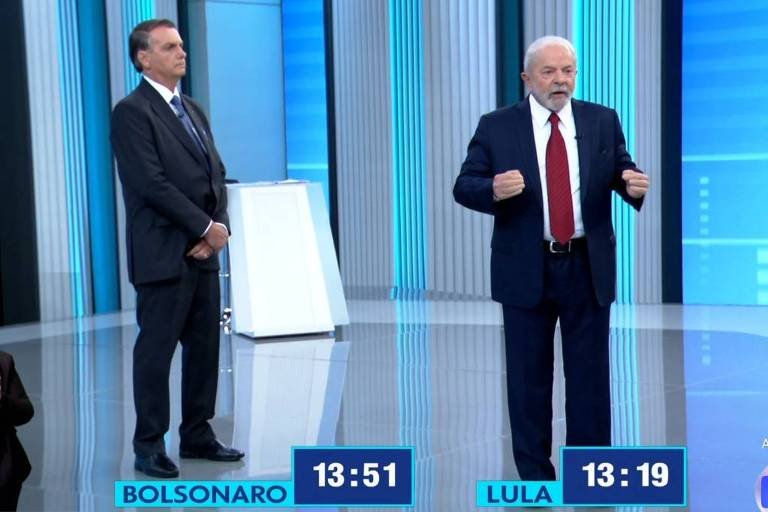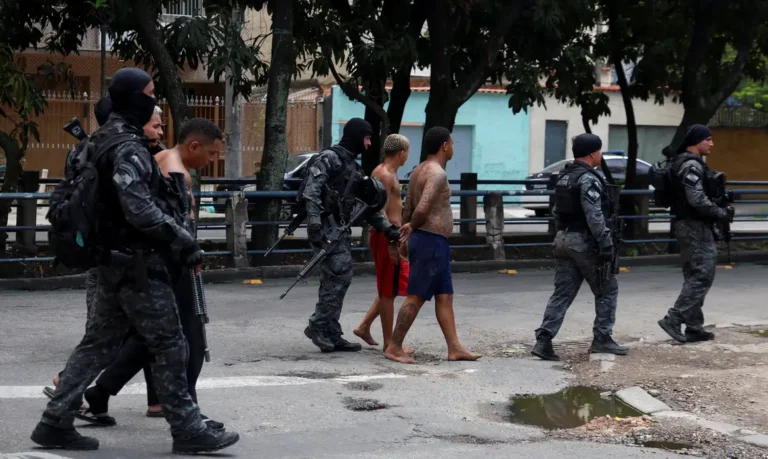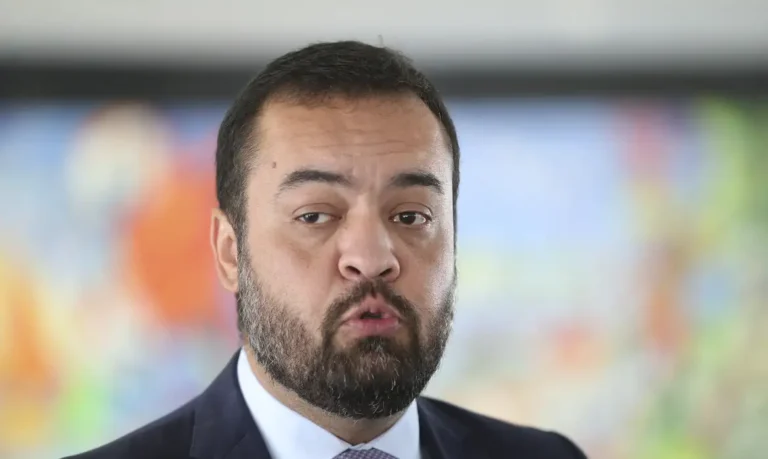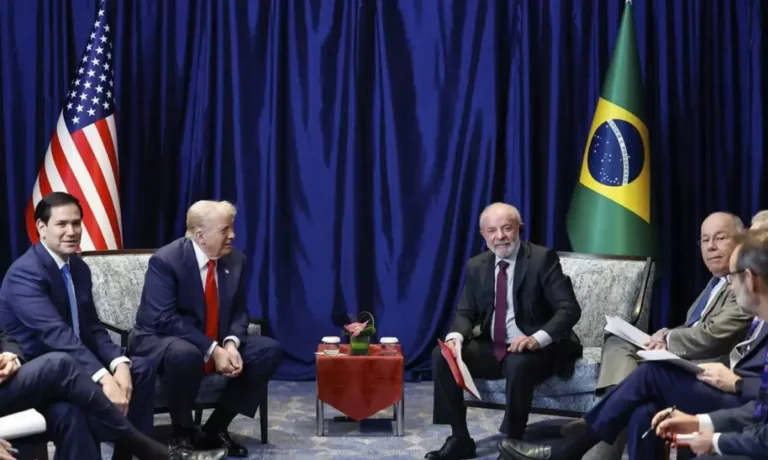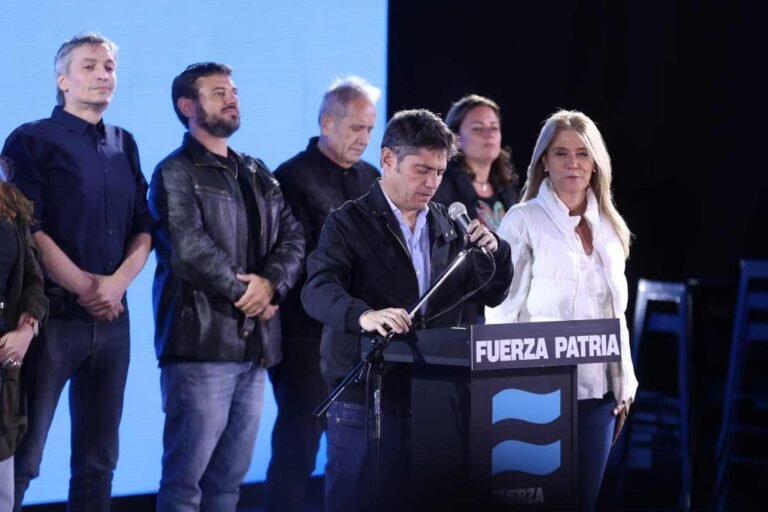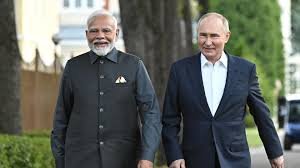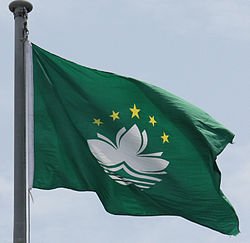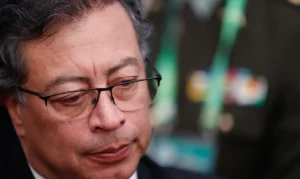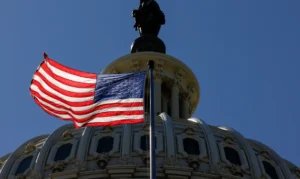The Dragon Obliterates Trump’s Tariffs While the United States has spent the last few...
Analyses
By Priscila Miranda The concept of sovereignty is too important to be handled carelessly....
“A Democrat is gonna be elected in 2028. You know that, I know that....
In his classic work “Anti-Dühring” from 1878, Friedrich Engels observed: “How can one say,...
The debate surrounding the Lula government’s economic policy has been intense, especially within the...
The disastrous police operation in Rio de Janeiro, which resulted in the deaths of...
It wasn’t exactly a surprise. The Atlas Intel poll, conducted between October 29 and...
Worse than incompetence is cowardice — and Cláudio Castro combines both. The governor of...
It worked! It must not be easy to be a Bolsonarista today. The supporters...
The official result of the legislative elections on October 26, 2025, confirmed the advance...



